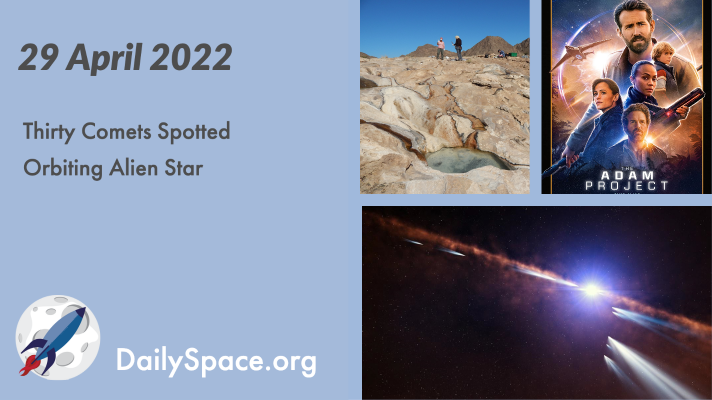
May 2, 2022 | Asteroids, Astrobiology, Comets, Daily Space, Earth, Exoplanets, JWST, Moon, Our Solar System, Review, Rockets, Space China
Using data from TESS, a new paper presents evidence for the discovery of thirty potential comets orbiting in the Beta Pictoris system. Plus, astrobiology research, water on the Moon, solar system formation, and a review of “The Adam Project” starring Ryan Reynolds.
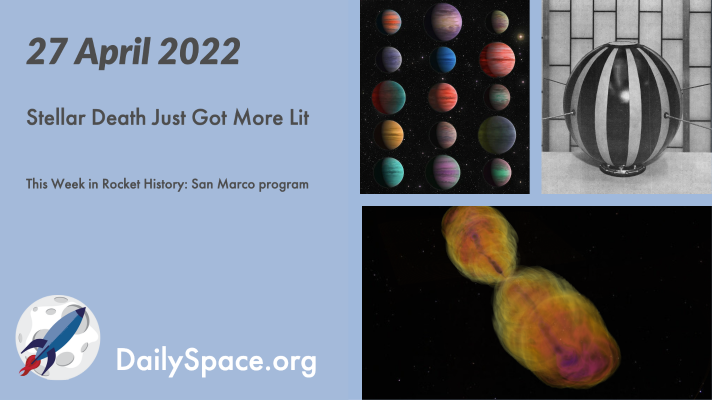
Apr 28, 2022 | Crewed Space, Curiosity, Daily Space, Exoplanets, Jupiter, KBOs, Mars, Moon, Random Space Fact, Rockets, Space History, Spacecraft, SpaceX, Stars, Supernovae
Remember that new object, COW, named for a strange supernova? We’ve seen four more of these Fast Blue Optical Transits, and new research may even have figured out just how and why they occur. Plus, Crew-4 launches, a bunch of planetary science news, micronovae, and this week in rocket history, we look back at the San Marco program.
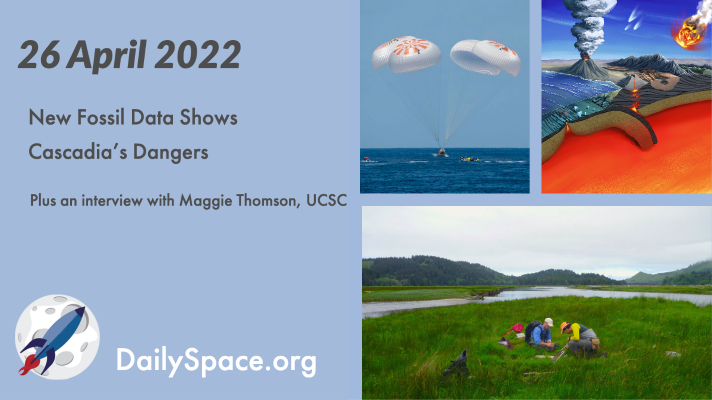
Apr 27, 2022 | Asteroids, Astrobiology, Climate Change, Crewed Space, Daily Space, Earth, Guest Interview, Lucy, Mars, OSIRIS-REx, Rockets, Space China, Spacecraft, SpaceX, Starlink
An analysis of sediment core samples taken at the Salmon River Estuary in Oregon provides evidence that the massive 1700 Cascadia earthquake caused 15 meters of slip along the shoreline, which lead to over a meter of coastal subsidence. Plus, all the rocket launches, a few mission updates, making Mars bricks with urea, and an interview with Maggie Thompson from UC Santa Cruz about using methane as a biosignature.
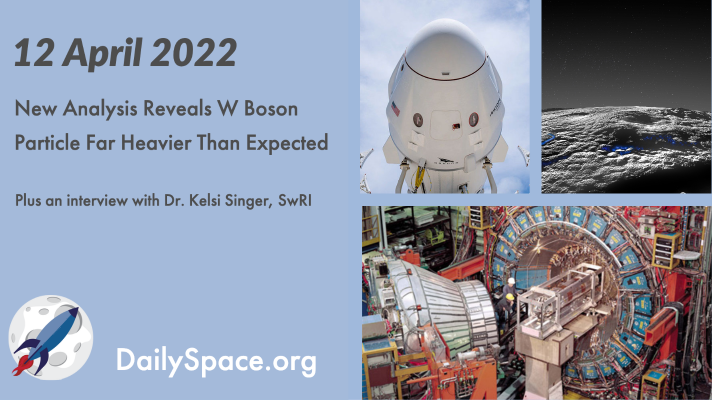
Apr 13, 2022 | Cosmology, Crewed Space, Daily Space, Earth, Galaxies, Guest Interview, JWST, Physics, Pluto & Charon, Rockets, SpaceX
Despite being shut down a decade ago, the Collider Detector at Fermilab provided enormous amounts of data, some of which have recently been re-analyzed, leading to the discovery that the W boson is actually more massive than calculations and predictions expected. Plus, another JWST update, the newest most distant galaxy, gravitational waves, and an interview with Dr. Kelsi Singer about cryovolcanoes on Pluto.
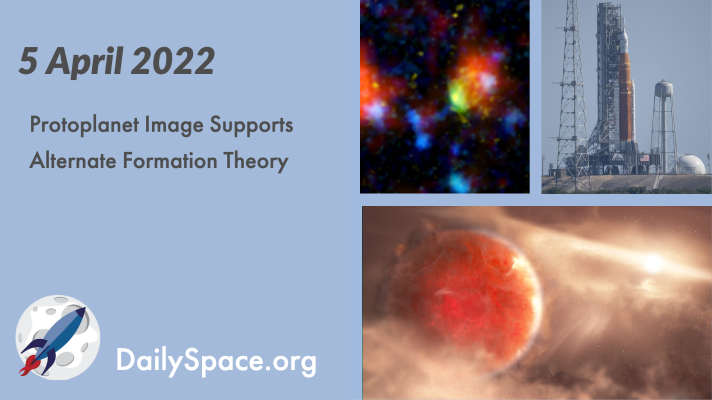
Apr 6, 2022 | Active Galaxies, Artemis, Crewed Space, Daily Space, Exoplanets, Galaxies, Jupiter, JWST, Rocket Lab, Rockets, Spacecraft, SpaceX, Stars
In a joint discovery announced by the Subaru and Hubble telescopes, researchers have captured images of a gas giant protoplanet whose distant formation supports the disk instability theory. Plus, galaxies, more galaxies, a couple of rocket launches, and updates on JWST and SLS.

Mar 31, 2022 | Blue Origin, Climate Change, Crewed Space, Daily Space, Earth, Pluto & Charon, Rockets, Space China, Space History, Spacecraft, Stars
Researchers pouring through high-resolution Hubble images of galaxy clusters have found the gravitationally magnified light of a star that was shining just four billion years after the Big Bang, making this bright star the new record holder for the farthest ever spotted. Plus, some launches, ice volcanoes on Pluto, melting Arctic ice, and this week in rocket history, we look back at INSAT.








 We record most shows live, on Twitch. Follow us today to get alerts when we go live.
We record most shows live, on Twitch. Follow us today to get alerts when we go live.